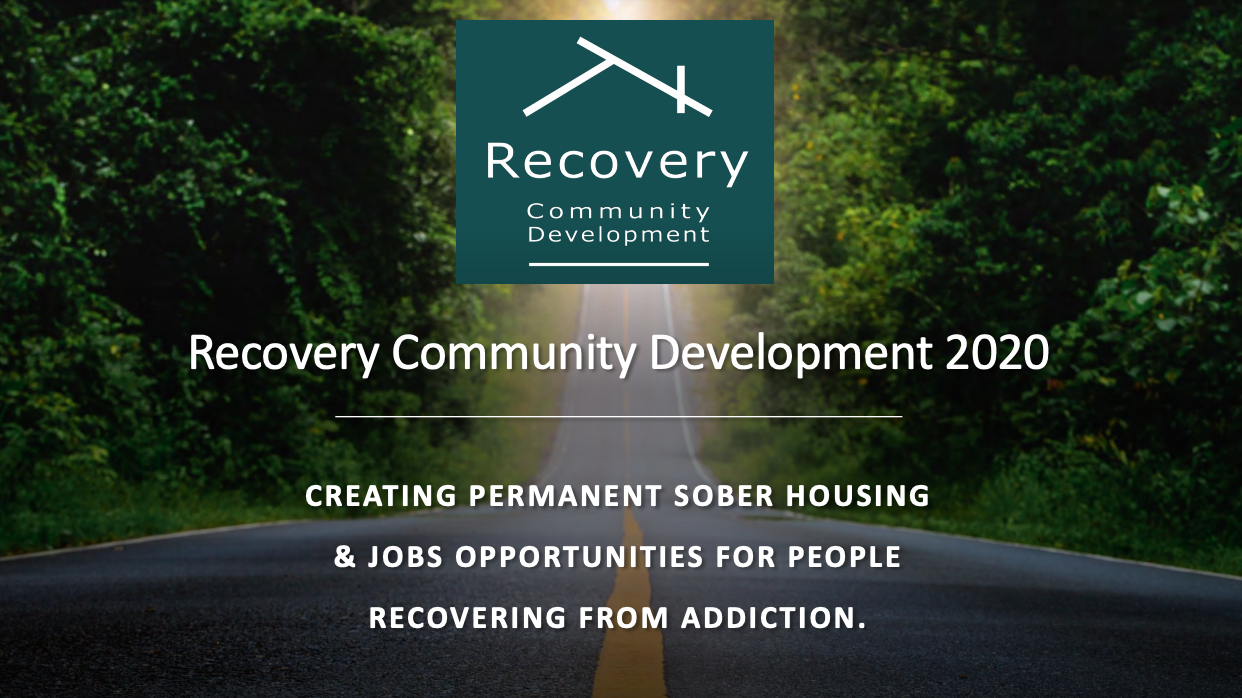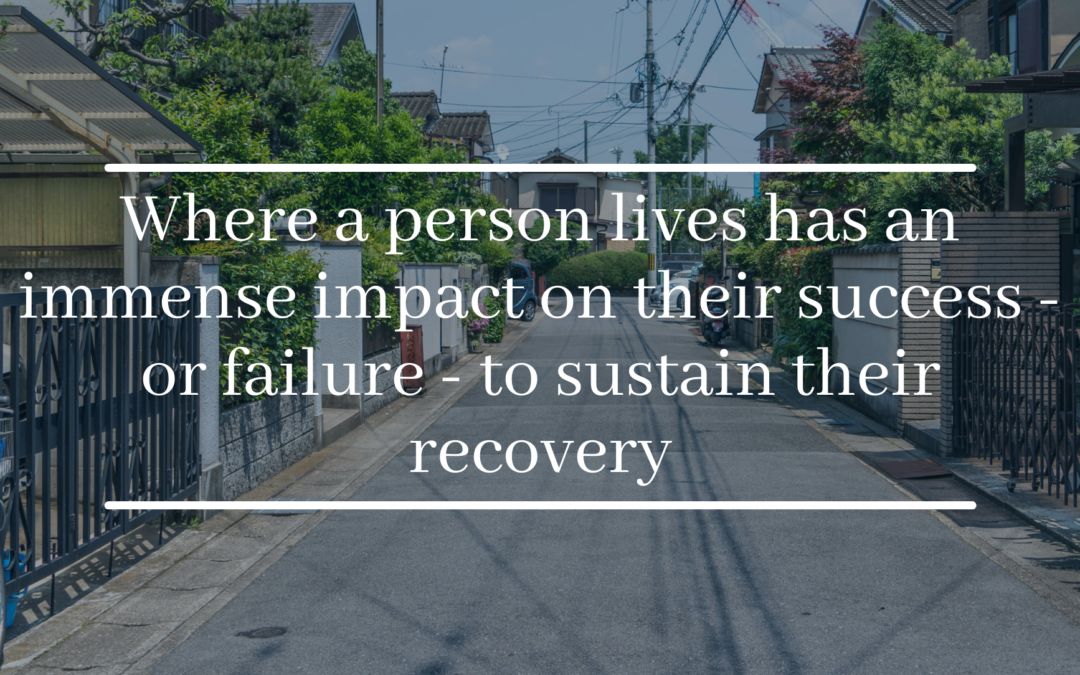As a person strives towards recovery, one of the largest hurdles is found in the social groups the individual resides in. When surrounded by temptation, and the constant reminders for why one uses, the chances of successfully abstaining from addictive substances is slim indeed. We need support to succeed, and necessary support may mean a whole new place to call home.
The findings of countless studies spanning decades of research gives credence to the fact that the best outcomes predicting sustained recovery were in relation to addiction-specific social support that discouraged use. In fact, in a longitudinal study spanning a 16 year period, Moos and Moos (2006) studied 461 treated and untreated individuals with alcohol use disorders to examine factors associated with relapse, and much like other studies, found once again that social support for recovery was essential in establishing sustained abstinence.
Where a person lives has an immense impact on their success – or failure – to sustain their recovery. The home environment is a cornerstone of a person’s social construct and thus has an incredible amount of weight on an individual’s ability to work towards recovery. Removing oneself from harmful and unsupportive living environments to pursue recovery is fundamentally necessary, yet enacting that change can be beyond difficult.
Creation of Social Support and Transitional Housing
Social Support and Transitional houses were originally created as a means to solve homelesness amongst previously imprisoned populations and to support individuals transitioning back into society. The first of these houses sprung up in England in the 18th century to harbor children who had committed crimes, and this model was quickly adopted in the US for individuals recently out of prison. From there, it evolved to include individuals seeking recovery and a social support system after formal treatment.
This type of institution that seeks to support addiction recovery is not without drawbacks, however. For one, they have limited space as well as a limit on how long residents can stay – regardless of whether or not they feel ready to transition out. Second, these institutions are often supported via government funds and held hostage to the budget whims of governmental committees that may or may not see these programs as expendable. The last notable hurdle that these houses face is their requirement for their residents to have an association with some form of formal treatment program, which is not in the cards for every person seeking recovery and a necessary change in environment to support their goals. Essentially, these institutions are not accessible or ideal for every individual in need of supportive housing solutions.
The Rise of Sober Houses
This gap between those in need of support, and those who can access it is precisely what gave rise to Sober Living Houses, or SLHs. Formal transitional housing and sober living homes often get confused or mashed together as being one and the same. This is not the case. It is true that some sober living homes are affiliated with addiction treatment centers, but it is not true across the board. In fact, many sober living homes are run by peers, colleagues, and sober living counselors to support individuals in recovery.
While transitional housing may be crowded with a dorm sort of feel, sober living homes offer support, amenities, and comforts more in line with what one would expect from a private residence. Though transitional houses often boast a smaller expense thanks in large part to government support of the programs they are tied to, they offer little in the way of privacy or structure.
One of the more problematic issues facing addiction researchers is that the things that have been shown to be effective in creating better outcomes for recovery seekers, are often not carried through in community programs. A study on Sober Living Houses found positive longitudinal outcomes for 300 individuals living in two different types of said housing situations. This points to the fact that they might be an effective option for those in need of substance-free housing, yet public perceptions and rampant misconceptions still reign supreme in conversations about the implementation of these types of housing programs within communities.
Improvements for participants in the study were noted in alcohol and drug use, arrests, psychiatric symptoms and employment, all of which suggests that the creation of more sober living homes would be a positive force within communities.

Recovery Community Development is committed to increasing the number of beds available in sober living houses for individuals in recovery. RCD works tirelessly to renovate properties to create additional space and opportunities within the communities they serve. Find out more about RCD’s mission and vision here. Interested in helping RCD live into their mission? Donate today.
For more information on sober houses within Connecticut in general, take a look at Connecticut Addiction Services listing of sober houses within the state and their available beds.
References
https://www.ncbi.nlm.nih.gov/pmc/articles/PMC3057870/
https://www.ncbi.nlm.nih.gov/pmc/articles/PMC2556949/
https://www.ncbi.nlm.nih.gov/pmc/articles/PMC3202501/
https://www.redalyc.org/pdf/337/33760301.pdf
